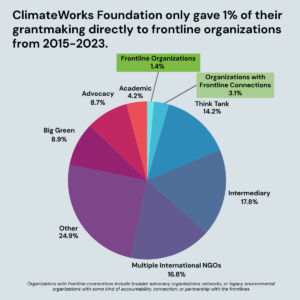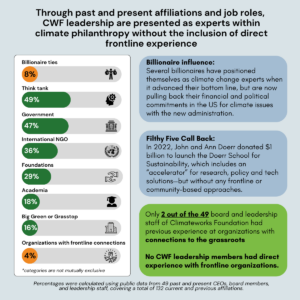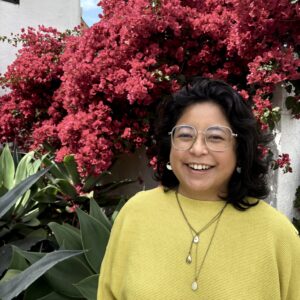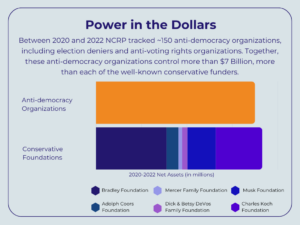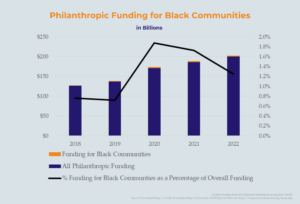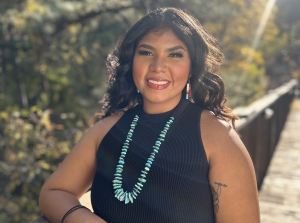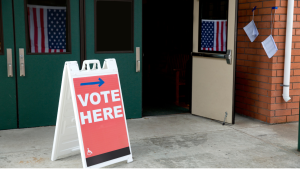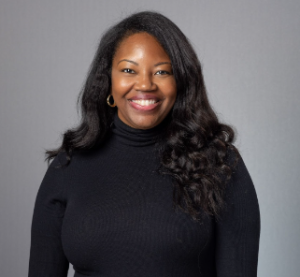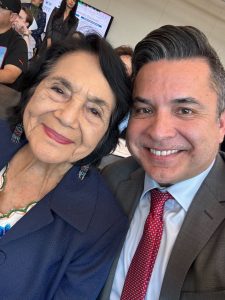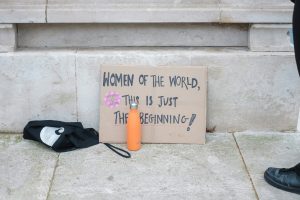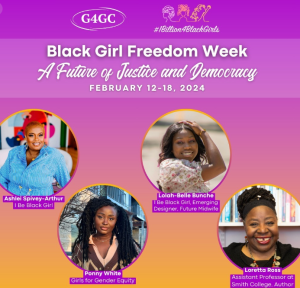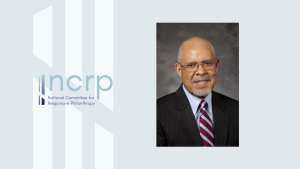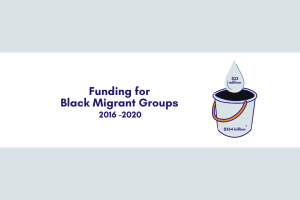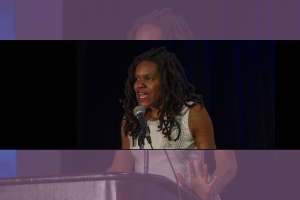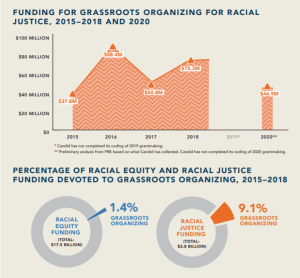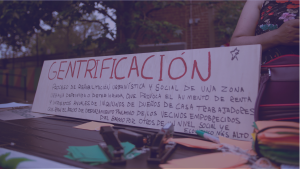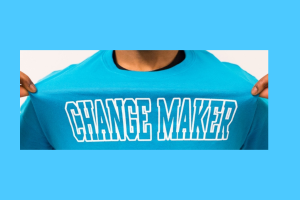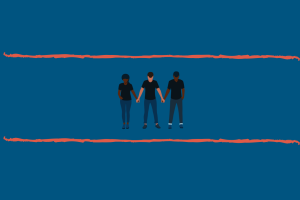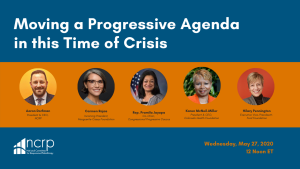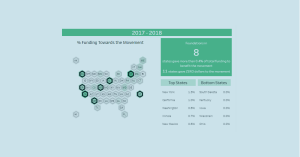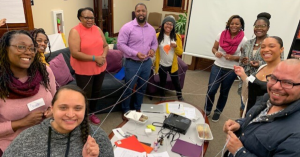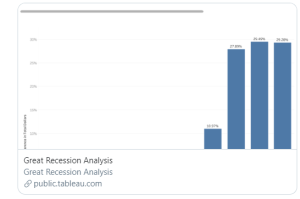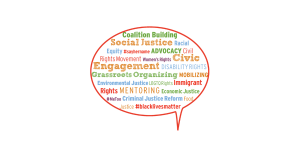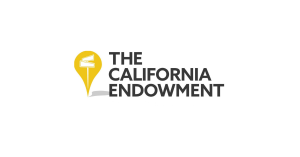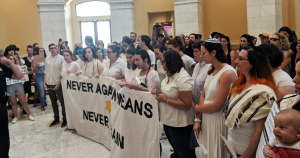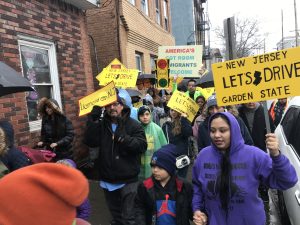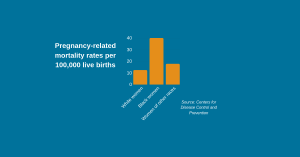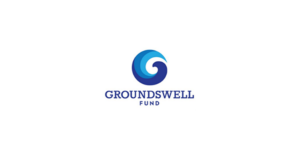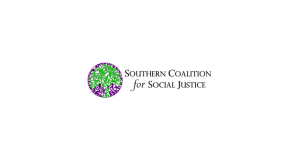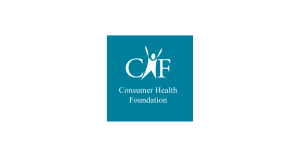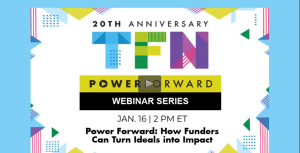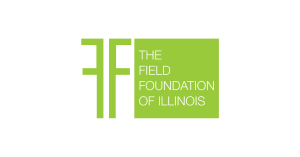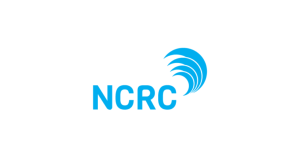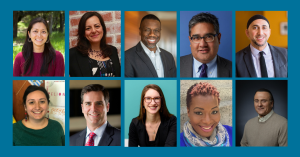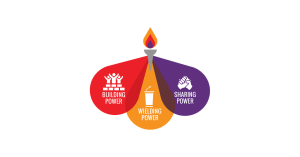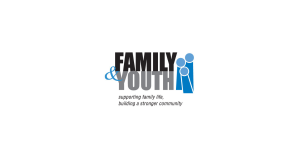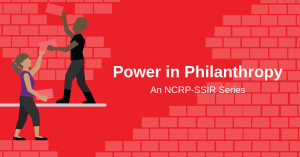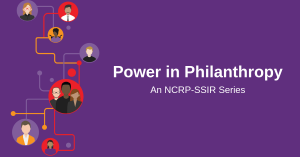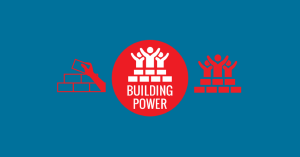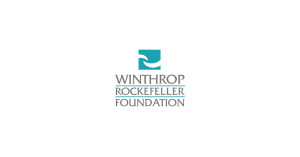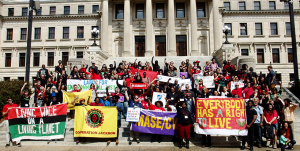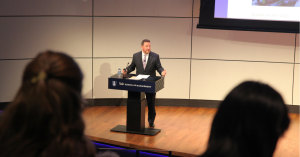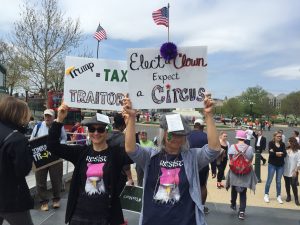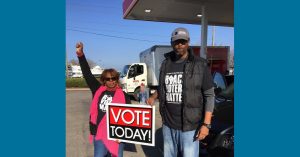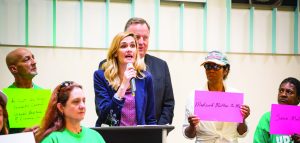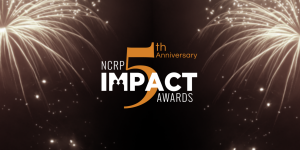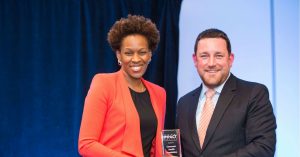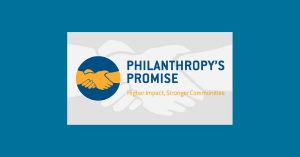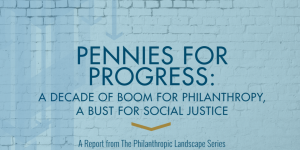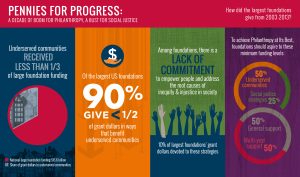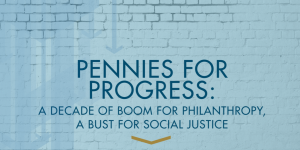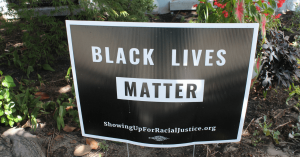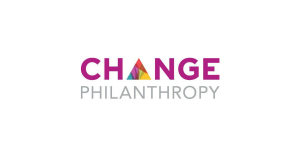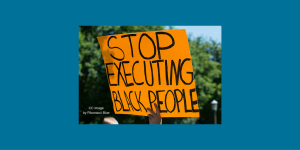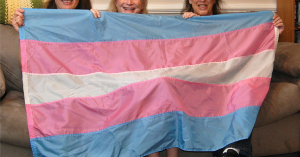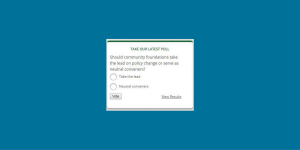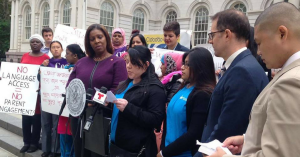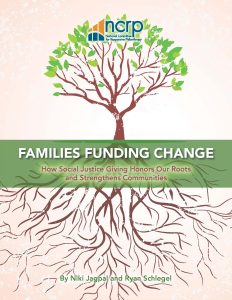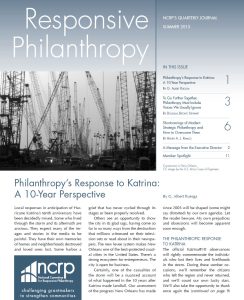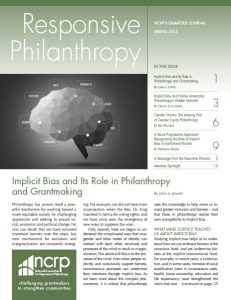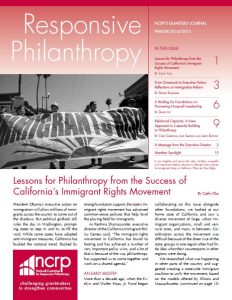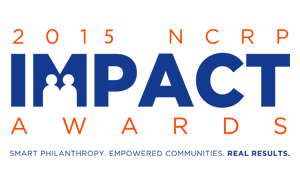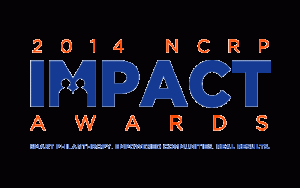As the daughter of teen parents, I know a thing or 2 about defying conventional expectations for your life. Individual willpower is critical. However, beating the odds is nearly impossible without an environment conducive to success.
The COVID-19 pandemic has been described in many ways, including “The Great Exposer,” for revealing the broken systems, misplaced priorities, and neglected communities in our society. Experts now warn against a K-shaped recovery that will exacerbate the disparities that previously existed.
I’m encouraged by the philanthropic community’s efforts to combat the impacts of the virus and support issues like racial justice and social equity. But, as a Black woman and nonprofit executive, I’ve never been more concerned that funders will inadvertently accelerate the K-shaped recovery by not evolving to meet the moment.
In a post-COVID world, funders have a unique opportunity to recreate the environments conducive to success by shifting how they do philanthropy.
Commit to multi-year funding
My organization, Crittenton Services of Greater Washington, partners with schools in Washington, D.C., and Maryland to run multi-year programs for girls. Leadership development doesn’t happen overnight. Our program must be flexible to address the varying needs of girls in different life stages and react to evolving political, school, and community environments.
The length and consistency of our presence in our girls’ lives have resulted in many achievements, including 97% graduation rates among our participants, even at schools with 50% overall graduation rates.
In order to have deep results, funders should commit to multi-year investments. Impacts of the virus will be felt for years to come. It will require significant investments to reduce the numerous disparities — racial, gender, geographic, economic and academic — that grew due to the pandemic.
Nonprofits cannot afford to start from scratch every year, nor should funders think one-and-done. We need operational support and structures to meet the increased need and real cost of our work.
It’s a strategy they should be employing as a standard, not just in crisis. Multi-year funding is crucial for the health, growth and effectiveness of nonprofits. It enables grantees to respond to crises and opportunities, maintain staff continuity and organizational leadership, overcome unforeseeable challenges and improve planning.
Focus on root causes
Initially, parents and school counselors seek out our programs to address issues like poor academic performance and difficult behaviors and personalities.
While the individual issues vary, the root of these issues is typically low self-esteem, lack of interpersonal skills, and disengaged students due to underfunded schools and challenging communities.
However, a more confident student with a clear vision for her life, with access to technology, tutors, mentors and other support, is motivated to do better in school because she sees a future she can work toward. We meet girls where they are, not where we perceive them to be.
Problems do not exist in vacuums. As society reopens, funders must be wary of driving instability by chasing the issue du jour and directing funding away from programs and activities that solve root causes.
It’s the equivalent of putting a bandaid on a bullet wound. Compounding issues brought on the disparities that we work to address. Instead, funders should maintain and increase support to programs and policies that specialize in preventive and holistic care. Funders must have an intersectional approach to serving the whole individual and their broader community.
Change listening and power structures
At the start of the pandemic, Crittenton shifted our work from an after-school program to a direct service organization that provides technology and, frankly, other supplies essential for survival.
At the request of our girls, we resumed our programs in a virtual model because they said it was necessary for their success and wellbeing. Soon thereafter, my program directors feared burnout due to increased workload and stress supporting their families and caring for families in crisis.
I then got my team certified in trauma-informed care and contracted therapists and built a mental health program for the team. I listened to the realities on the ground, trusted the leadership of the people affected by the problem, and responded accordingly. The same must happen in philanthropy. Funders must listen, learn, and let the people with the lived experience inform the support that they need.
All evidence shows that women, in particular women of color, are bearing the brunt of this crisis. From record job loss to increased caregiving responsibilities and diminished mental health, this pandemic has exposed the fact that although women are essential to the stability of communities, they are the most vulnerable people in our society.
In philanthropy, the reality on the ground is that nonprofits, especially community organizations run by women and people of color, are vulnerable.
Historically, we’ve been underfunded and lacked connections to donor networks and circles. Now, the K-shaped recovery coupled with record government budget shortfalls, shifting priorities, and increasing needs threatens our existence and the integral role we play in communities. True change requires that funders create better structures to invest, grow, and sustain the leaders that reflect the communities they serve.
The COVID-19 pandemic has allowed the philanthropic industry to lead recovery efforts by creating true conditions for success and equity. This means increasing multi-year funding opportunities so that grantees can plan and sustain their work in communities with the greatest need. Funders need to put on holistic and intersectional lenses.
Rather than chase short-term solutions, they need to prioritize sources, not symptoms of disparities. Lastly, funders can create conditions for success by flipping the power dynamics in philanthropy.
This means listening to program directors who intimately follow issues to inform giving needs. It also means a commitment to more equity in philanthropy and giving circles so that those closest to the source of the problem can access the resources and networks they need to lead.
Siobhan Davenport is the president & CEO of Crittenton Services of Greater Washington, a nonprofit that empowers teen girls to overcome obstacles, make positive choices, and achieve their dreams.



